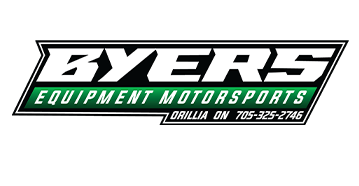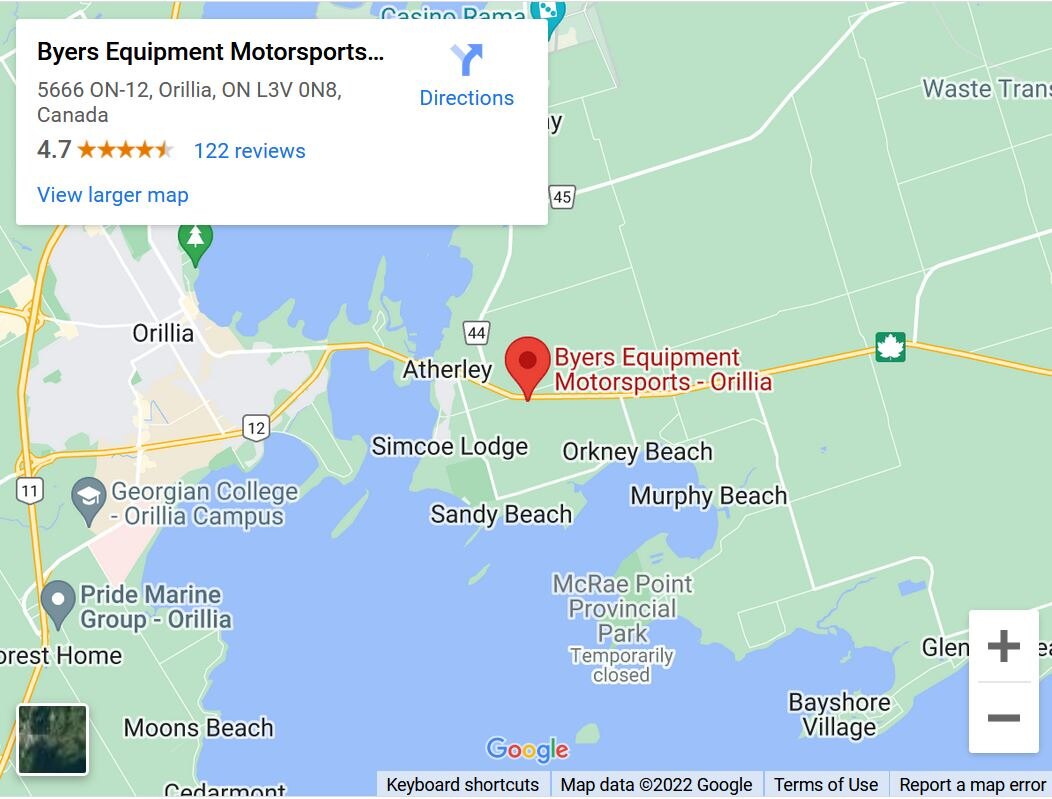"Choosing the Right Compact Tractor: A Comprehensive Guide
Whether you're a seasoned farmer or just settling into your rural haven, purchasing a tractor for your property requires careful consideration. It's possible that you're unfamiliar with tractor terminology or specific John Deere features. Tractors are typically categorized by horsepower, but when you're buying your first one, determining the right horsepower can be a challenge. We've compiled the following information to assist you.
Consider the following questions:
- What tasks do you want to accomplish?
- What implements or attachments do you need?
- What are the power requirements of these implements?
- What comfort and convenience features are important to you?
- What other factors should you take into account?
- What do the terms and acronyms in the specifications mean?
MOST IMPORTANTLY, Contact Us for More Information & our Expert Advice
The Initial Step
Your first task in selecting the right compact or utility tractor is determining the tasks it will handle. Consider the chores you'd like to complete, such as mowing, loader work, ditching, fence building, snow removal, tilling, or grading. Depending on the frequency and nature of these tasks, you can determine the tractor model that suits your needs. For example, if you'll be doing loader work and mowing, a model with a quick-attach loader or an auto-connect deck might be best for easy task-switching. If you're focusing solely on loader work, a larger frame model may be preferable.
The beauty is that there is a wide range of models to meet your specific needs.
Implement and Attachment Requirements
Think about the implements or attachments needed to accomplish these tasks. You might require a mower deck, finishing mower, rotary cutter, backhoe, post-hole auger, snow blower, tiller, box blade, or rear blade. John Deere and Frontier offer various implements and attachments for all series of tractors, catering to nearly every task and making your work more manageable.
Power Requirements
Horsepower is a common measure of a tractor's capabilities, but it's important to strike the right balance. Too little horsepower may limit your chores, while excessive power could lead to fuel inefficiency. It's generally better to have slightly more power than you think you need, as having just enough can strain your machine and limit its adaptability as your needs evolve.
Certain power implements, like tillers or snow blowers, have minimum horsepower requirements for optimal performance. If you plan to use these implements, determining your tractor's required horsepower is crucial. Additionally, consider your future plans for your property and your machine, including any forthcoming tasks, implements, or power requirements.
Engine vs. PTO Horsepower
When comparing models and manufacturers, it's important to understand how horsepower is reported. There's currently no industry standard for reporting horsepower, so it's essential to verify when comparing specifications. Manufacturers may report engine horsepower, which is the power the engine can produce. Alternatively, they may report PTO (Power Take-Off) horsepower, which measures the actual usable power of the tractor. PTO horsepower is typically 15%-20% less than engine horsepower, depending on the tractor's size and drivetrain.
Comfort and Convenience
Consider the comfort and convenience features you desire in a tractor. Think about seating, lighting, accessories, cruise control, power steering, power lift, and quick-attach implements. For example, if you'll be using your tractor early in the morning or late in the afternoon, good lighting might be a priority. If you anticipate working in snow, a cab could be an attractive option. Different models offer various features and options tailored to enhance your experience.
Other Considerations
Think about other logistical or preference factors. Consider whether the tractor will fit in your garage or on your landscape trailer, and whether there are size restrictions for storage. If you'll need to transport the tractor to another property regularly, consider size and weight restrictions. Your approach to property care tasks may also influence your choice of features or models.
Transmission Selection
Selecting the right transmission is crucial, depending on your speed-changing frequency, travel distances between tasks, and terrain. Hydrostatic transmissions, featured in the majority of tractors under 50 Hp, are known for their durability, power, and ease of use. They provide an automotive-like experience with push pedals for forward and reverse, making them ideal for a variety of tasks.
Manual transmissions are a time-tested choice for utility tractors, requiring clutching to switch between gears. Depending on your needs, manual transmissions can be non-synchronized, partially synchronized, or fully synchronized. The choice between these depends on your specific tasks and preferences.
Additional Transmission Information
-
Non-synchronized transmissions are best for constant-speed jobs, such as mowing, tilling, etc. Shifting between gears and ranges necessitates stopping and clutching.
-
Partially synchronized transmissions allow you to clutch to shift between different speeds or ranges without stopping the tractor.
-
Fully synchronized transmissions are the easiest to use, allowing you to clutch and shift on the go between any speed or range.
Understanding Transmissions
The choice of transmission is critical, considering the frequency of speed changes, travel distances, and the terrain you'll be covering. Whether you need to switch speeds often or require significant distances between tasks, the type of transmission you choose can make a difference. Familiarity and comfort also play a role in your decision.
Terms You May Encounter
As you delve into the world of tractors, you'll encounter various terms and acronyms. Understanding them will help you make informed choices:
- Hydrostatic vs. Manual Transmission
- Synchronized vs. Non-synchronized Transmission
- SyncReverser, PowrReverser, and Shuttle Shift
- General Notes on Tractor Transmissions
- ROPS (Roll-Over Protection Structure)
- 3 PT Hitch (3-Point Hitch)
- PTO (Power Take Off)
- PTO Shaft
- Hydraulic SCV (Selective Control Valve)
Knowing these terms and concepts will empower you to make a well-informed decision when selecting the right tractor for your specific needs."


